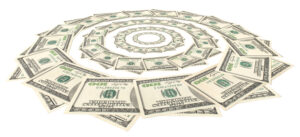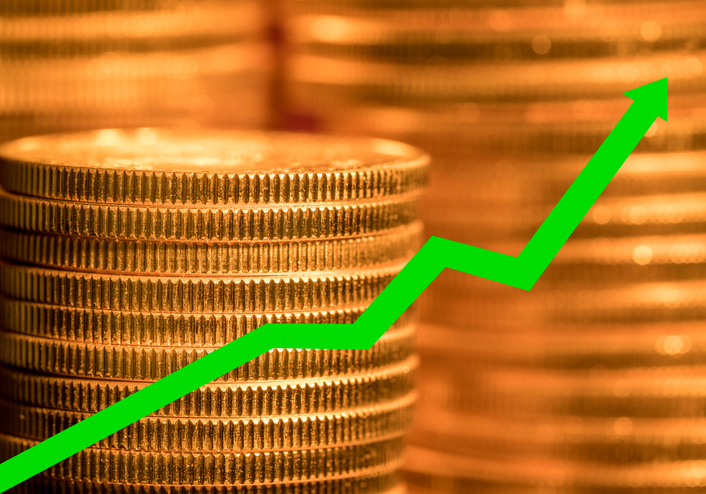The Fed is Caught in an Inflation Death Spiral—That’s Bullish For Gold and Silver
The comments below are an edited and abridged synopsis of an article by Lobo Tiggre
One objection to gold is that it doesn’t pay interest, but the attractiveness of an asset that can’t be inflated away by the government is obvious. This is why real interest rates have been gold’s most powerful driver over the last 50 years.
Gold is priced in US dollars. This gives gold a generally inverse relationship with the dollar. Indeed, it is frequently cited as a measure of inflation.
But nominal rates don’t account for inflation. A nominal 1% interest rate is actually negative if inflation is 2%. This is why gold and nominal rates can rise together during times of higher inflation.
Gold is also a monetary metal. It competes with the dollar as money. That can cause both gold and the dollar to rally together when economic uncertainty prompts people to seek the safety of cash.
So we can’t look at just the relative strength of the dollar in foreign exchange markets to explain the gold price.
There are other complicating factors (collapses and wars). But if we look at real rates and inflation-adjusted gold prices, there is an inverse relationship.
Nominal rates are almost irrelevant, but real rates have a powerful inverse correlation with gold. But what is the likely trajectory of gold prices going forward?
Tiggre discusses real rates and gold; signs of inflation; what has knocked gold down recently; the steepening yield curve; the consequences of the Fed’s money creation; and the bullish signs for gold.
Bottom Line: It’s a mistake for traders and investors to see higher long-bond yields as bearish for monetary metals—and that’s an opportunity for those who see the error.


